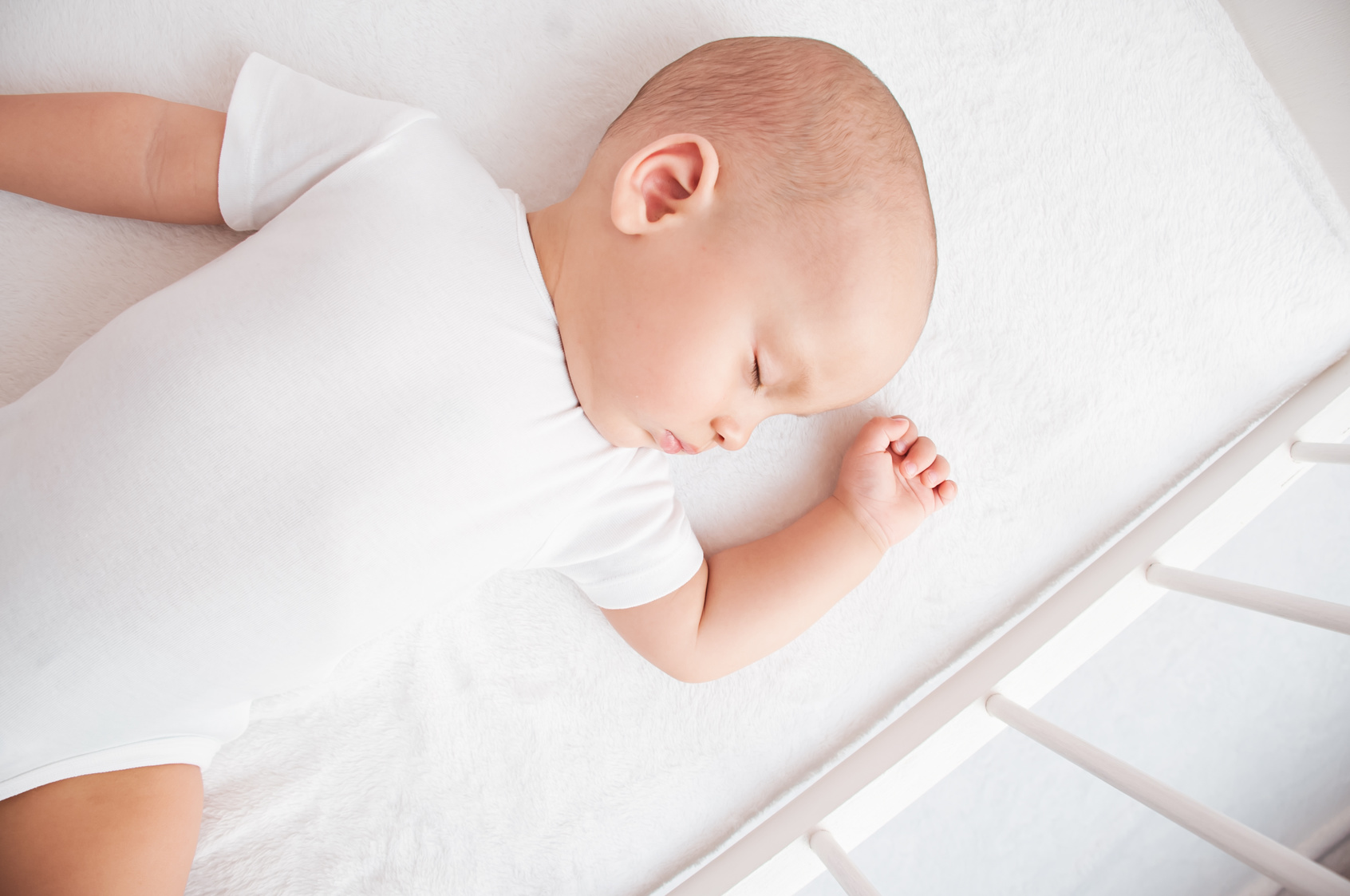SNOO lover, this post is for you! You are approaching the 3-4 month mark and while the SNOO has likely been a great tool in the first few months of your baby’s life, you know it is inevitable. It’s time to consider weaning from the SNOO. Your baby has had some practice in falling asleep on their own (with a little help from the SNOO). A wonderful practice. So, what now? You may be worried about what life without this tool will be like.
It is time to start thinking about moving your baby to their crib. For your baby’s safety it is important that you make this move around this time. While you likely know this, it can still feel daunting. You may have a lot of questions, here are some tips to guide your way:
Sign Up For Our Newsletter
When to move to a crib?
It is important to move to a crib when your baby starts to have more mobility. However, after 4 – 4.5 months of age (from due date) your baby will have the ability to fall asleep without any assistance and back to sleep on their own.
It will also be around this time that your baby will be ready for a set sleep schedule. This is a great time to make the transition to a crib. While it may feel intimidating, especially after having some assistance from the SNOO for their first few months, they will be fully capable at this time.
It is also about this time where motion free sleep becomes important. Your baby will get more restorative sleep when they are not moving. Think about it this way, how do you sleep in the car or on a plane? Your sleep is not as great as in your bed, correct? Same goes for your baby after the 4-4.5 month mark.
You can though, thanks to SNOO technology, plan ahead and start weaning them before this mark, while still sleeping them in the SNOO. Alternatively, you can choose to do it in one fell swoop.
How to move to a crib?
Luckily, the SNOO comes with a handy weaning feature. This will rock baby when they cry, instead of all night long. This can be incorporated into your plan to take steps towards motion-free independent sleep. In a few steps, you can help your baby into their crib. You can go as slowly or quickly as you like. If your baby is doing well, then move on to the next step.
- Remove arms from swaddle.
- Turn on weaning feature.
- Move to the crib.
I would consider that with this approach that with each step your baby will get used to the new way of being and you will soon need to make another step.
Another way to make the move, is to just do it. After all, stationary sleep is best once our babies reach 4 months of age. Also, again, at this age our little ones do have the ability to fall asleep and fall back to sleep on their own.
Your baby can do this without the assistance of someone or something! Yes, this approach is a leap and it is faster, your baby will be on the way to independent sleep much more quickly.
Either way you choose to go about it, ensure that you have a plan. You will reach your baby’s sleep goals if you can be very consistent in how you respond to them, should they cry.
Crib Safety
Lastly, it is essential that you keep in mind safe sleep when moving to a crib. Starting with the ABCs, here are a few things to keep in mind:
A – Ensure that your baby is Alone in their crib. The crib should be absent of anything but baby and the clothing they are wearing. No, blankets, bumpers, stuffed animals, lovies or anything of the kind.
B – Sleep your baby on their Back. Until your baby is 12 months of age, lay them down in their back.
C – Baby should sleep in a Crib on a firm mattress with a tightly fitted sheet.
A few other safety items to consider:
- It is best for babies to be cool – a sleep temperature of 20 – 22.2 degrees Celsius / 68 – 72 degrees Fahrenheit.
- Stop swaddling, once your baby can roll
With a great plan that includes a safe and sleep conducive sleep environment, an age appropriate sleep schedule and a consistent method of response, you will soon be on your way to a happy and independent crib sleeper.










